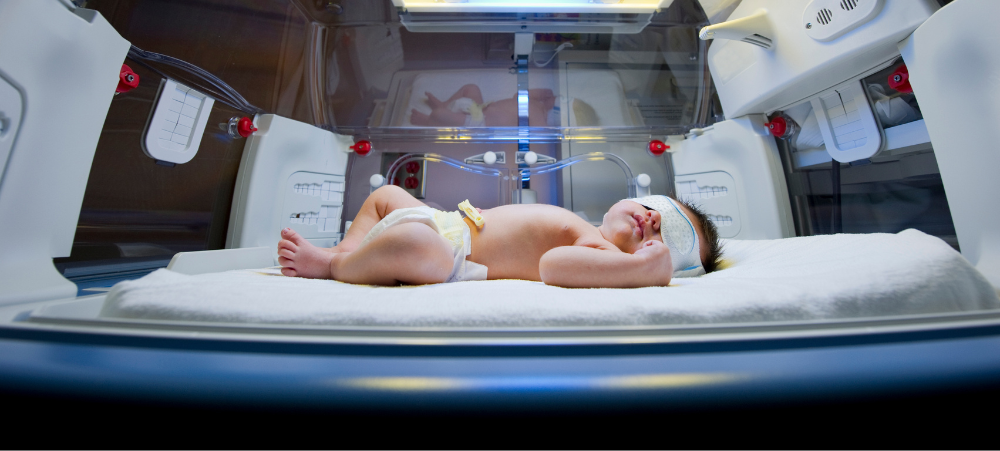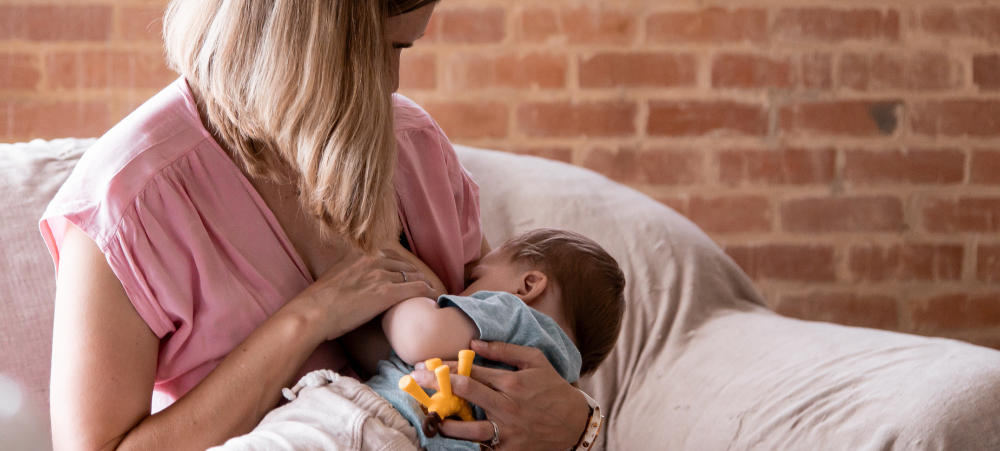The first few days after giving birth are very important in setting up your milk supply, particularly if your baby is born early. Starting your milk supply without a baby drinking directly from your breast can be done. It does take commitment and effort but it most certainly can be done. In this blog, I will give you tips to help you and also the reason as to why they will work.
Firstly if your baby is born early you still need to get your milk production up to its maximum by week two. This is to ensure that you are able to meet your baby’s needs as she grows and gets older. The amount of expressed breast milk that you are aiming to express is between 750-1100ml per 24 hours at 2 weeks for a singleton. An interesting fact to note is that your baby will not need more milk than this as they age. The composition of your breast milk will change according to your baby’s needs but not the volume. So once you have reached this goal you are set for the rest of your breastfeeding experience.
So how do you get your milk supply up in such a short time and with everything else that is going on in the NICU?
- The first step is to start pumping as soon as possible. The guideline is to start pumping within the first 6 hours after birth. This target is important, as it is, your body is primed to start with breastfeeding. If for any reason you were not able to start within this time, start anyway, often there are reasons for the delayed starting that are out of a mom’s control: surgery, recovery from the birth, ill health, not having a breast pump or knowing how to hand express. The reason that you need to start expressing is you need to let your body know that you have a baby to feed and it will respond. Your body has been primed during pregnancy for breastfeeding but now it needs the nipple stimulation that is associated with breastfeeding and pumping to start up your “milk-making factory”. The nipple stimulation gets your prolactin levels higher which is the milk-making hormone. You need to maintain high levels of prolactin in order to keep your “milk factory” working.
- The second step which is actually more important than when you started expression, is how often your express in 24 hours. Your goal should be 8 to 12 times, with no longer than a 5-hour break for your evening sleep. This strict regime of pumping is so that you are imitating how a newborn would be feeding. It imitates how your nipples would be stimulated and increases and keeps the prolactin levels high so that your breast milk factory (the breasts) keeps on producing milk. With time you will see your milk change from colostrum to transitional milk and then mature milk.
- Don’t forget to pump at night. Night pumping is very important as your prolactin levels are higher at night and as a result, your breasts will then respond to the stimulation better. This can become an issue for a mother that needs sleep and is not able to maintain a 3 hourly schedule of pumping through out the night. In this case, the recommendation is that the mother pump just before she sleeps and as soon as she wakes up with no longer than a 5-hour break between pumping. Sleeping is also important in the process of making breast milk and sleep can be very beneficial in helping you with your milk production.
- Make sure that you are pumping efficiently and effectually in the shortest amount of time. This is because it is better to pump 8 times a day for 20 minutes and 4 times a day for 60 minutes. Some mothers find that if they wait longer, they can express more in a session- this is the beginning of weaning as the breast will be stimulated less and less resulting in a decrease in milk production over the 24 hours. It is better to keep to more often pumping with an effective Double electric hospital-grade breast pump that is a closed system like the Ameda Mya Joy. An added bonus is that the Mya Joy is very quiet and portable. There is even an option to make the pump, hands-free as well. When pumping make sure that all your breast pump parts are clean, sterilised, and in working order. You may need to replace the valves over time as these are the parts that wear the most.
- Focus on your happy place- while you re pumping. This can be your baby, looking at a photograph or a video. However, some mothers might find this stressful to see their baby in NICU with all the tubes and monitors so they may benefit from focusing on a different happy place. It really is an individual focus that will help you to get your milk flowing. You may even try hands-on pumping which in some cases has shown to improve the milk volume at the end of a pump.
Focus on these 5 tips to help you to get your breast milk supply up and flowing while your baby is in NICU. As soon as you are able to take advantage of skin-to-skin and how it can help you to increase your milk supply. It is also a lovely way to spend time with your baby.
- How long should a mother breastfeed for - May 15, 2023
- NICU and Milk supply - May 11, 2023
- Loadshedding and Breast milk - April 4, 2023





